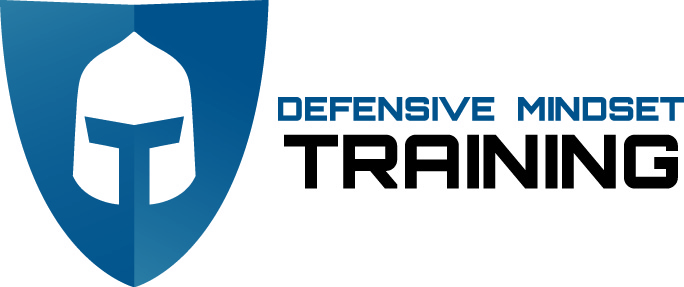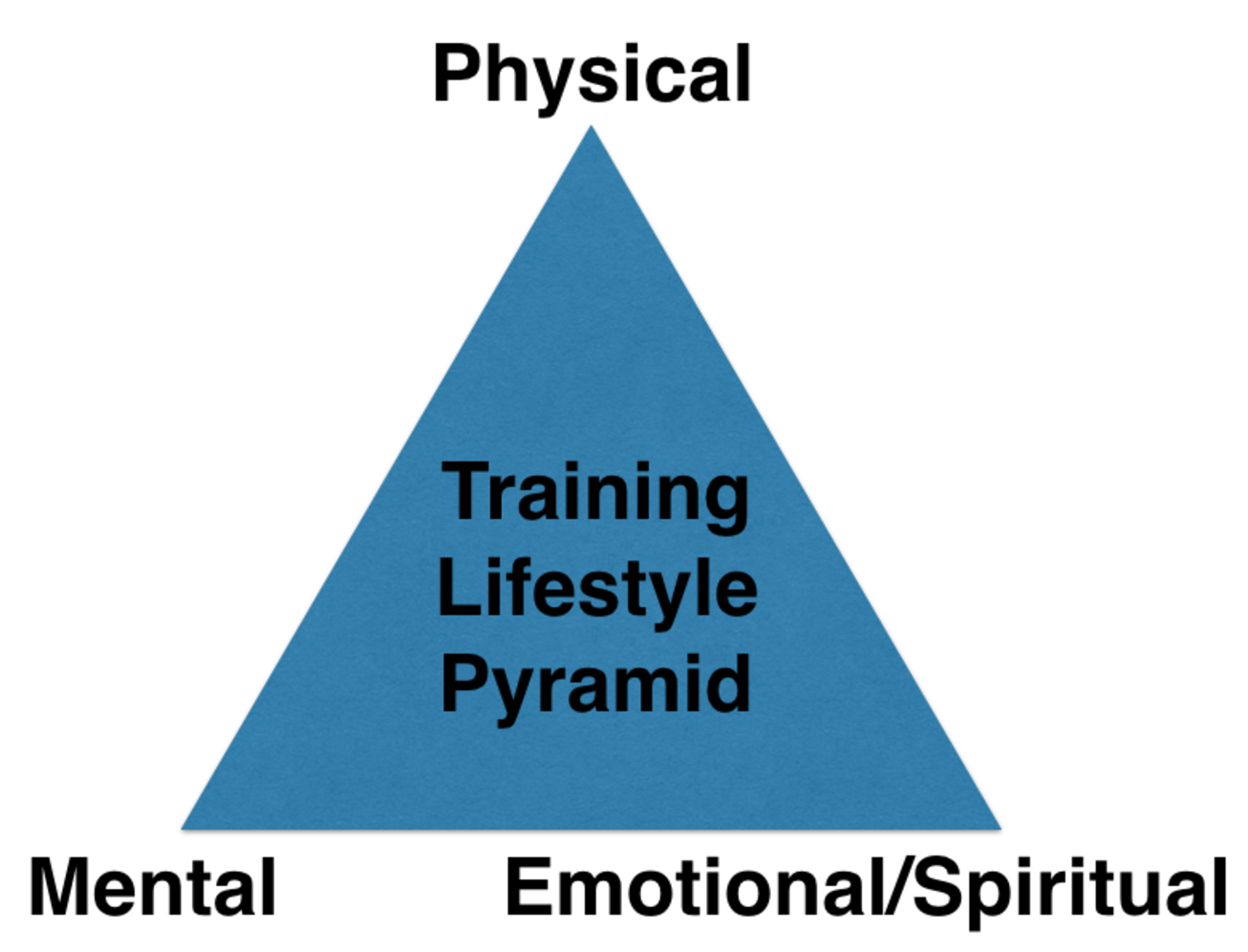I'm starting this week's Newsletter with a story that I heard this week.
An experienced businessman was on a work trip last week. Everything about the trip seemed normal. He was in a safe hotel, in a safe city, and his business deals had gone well that day. That evening, per his normal routine, he went to the hotel restaurant for dinner.
At dinner, he got into a friendly conversation with a very pleasant couple. They were middle aged, dressed nicely and chatted with him comfortably on topics from golf to business. They had a drink or two together. And the next thing that the businessman remembers is waking up on his hotel room floor, naked, and robbed of everything of value in his room including watches, wallet, and other expensive items.
If you haven't figured out what happened, the businessman was slipped a drug that is affectionately called a "Mickey," or scientifically Chloral Hydrate. The drug specifically incapacitates the victim, making robbery or rape extremely simple. Some people are surprised that people are still hit with these kinds of "drugged" attacks, but it is actually an extremely common and simple method of taking advantage of another person.
So here's a couple of tips to help you avoid the Mickey:
- Carry your firearm. This sounds odd as a means to avoid someone drugging your drink, but actually, it works really well. If you have your firearm YOU SHOULD NOT BE DRINKING! Don't drink the drugged drink, don't get drugged, simple. Stick to water, as the flavor of Chloral Hydrate is salty and bitter, can sometimes leave a strange residue on the glass, and is therefor pretty easily discovered in water. But no matter what, if your drink tastes at all funny, stop!
- Don't drink to drunkenness in public. The more drinks you have, the less likely you are to watch your drink, pay attention to who is around you, or TASTE that your drink has been messed with as your taste buds are dulled by alcohol.
- Only take drinks that you have personally watched being poured. If there's a bar, stand at the bar and watch the bartender. If it's a beer, ask for it in the bottle and watch them open it. It's super nice for people to buy you a drink, but if/when someone does, say thanks and say that you'd like to see what the bar has available. This gives you a chance to watch.
- Only drink bottled drinks whenever in public, if possible. It's harder to slip the Mickey here, as there's little time from opened bottle to handing it to you. Also, with the narrow top of a beer bottle, it's easy to stand with your thumb over the opening to guard it from someone slipping the drug in while the bottle is in your possession.
- This should be obvious, but don't leave your drink unattended. If you have, you can actually test your drink to see if it's been tampered with. Keep a couple of these test strips in your wallet. If it changes color, your drink's been messed with.
- If you are drinking in public, have a drinking buddy. The buddy system not only works for SEALs in BUDS but for buds drinking like seals. Keep an eye on each other. Do a Rock-Paper-Scissors match to see who will be Designated Driver. If you're the sober one, watch out for your friends to start acting strangely, or to pass out unexpectedly. And NEVER let your friend leave with someone you don't know, man or woman.
Summer Concealed Carry
So the main thrust of this week's Newsletter was going to be on Summer Carry, but I wanted to start with this important story of the Mickey, because it's so fresh in my mind.
Carrying a firearm in the summer can pose a challenge for a lot of people. Clothes are lighter and tighter, there's a lot more sweat from the heat of the day, and there's a lot more summer time gatherings like fairs, picnics, and sporting events. So, how can we keep up our level of security with our firearms while not having to wear heavy and out of place looking clothes or jackets to hide it. Let's start with holsters.
One of the biggest factors to your holster being seen is something called "printing." This is where your firearm and/or holster makes a strange bulge or outline on your clothes. So in looking for a holster, think about a couple of factors:
- The less material that makes up your holster, the less it will show.
- The more the holster can move and shape to your body, the less it will show.
- The lower the handgrip of the pistol is in relation to your belt-line, the less it will show.
For me, I've been comfortably wearing an "adjusted" Crossbreed holster for years.
The leather is very well worn in so it comfortably wraps my hips without changing the shape of my waist. The kydex where the firearm sits is thin, meaning that it has a minimal outward pressure to the waistband, also reducing the outline. Also, you can see how low the handgrip of the firearm sits in relation to the belt-line, making it less visible.
The other way that I've carried in the summer for the last half-decade, was with one of Sealed Mindset's ConSEAL holsters. This minimalist design covers only the part of the handgun that really needs protection while holstered, the trigger. That means that there is almost nothing to this holster, giving you the least amount of print possible.
The ConSEAL stays in place on the waistband with a small synthetic string. That string virtually disappears against a belt. And since the string isn't locked down to one place on the holster, the firearm will naturally move with your body, giving you an extremely comfortable carry. To adjust how high or low the firearm sits in the waistband, you simply lengthen or shorten the string. The deeper the firearm, the lower its profile on your body. I've carried the ConSEAL into large events, like fairs, with shorts and a t-shirt on and no one's ever been the wiser. To purchase a ConSEAL, go here.


